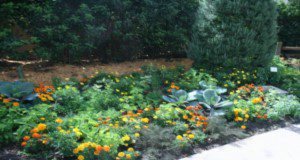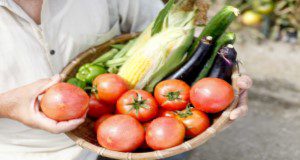Maintaining edible landscapes in a way that protects the environment is an important concern for protecting Florida’s water quality. The objective of this new 7-page publication is to introduce the framework of the Florida-Friendly Landscaping™ principles and apply the principles to guide decisions about Best Management Practices (BMPs) for care of edible landscapes. Written by Tiare Silvasy, Lynn Barber, Esen Momol, Tina McIntyre, Tom Wichman, Gail Hansen, Jen Marvin, Terra Freeman, Joseph Sewards, Wendy Wilber, and Jacqlyn Rivas.
https://edis.ifas.ufl.edu/ep594
Tag: Planting date
Guía para Cultivar Vegetales en la Florida
El desarrollo y planificación de un huerto en el hogar, es una actividad agrícola que puede realizarse durante todo el año en Florida. Puede ofrecer muchos beneficios para la salud física y emocional. Los huertos nos proveen alternativas para realizar ejercicios, disfrute del huerto, producción de vegetales frescos y nutritivos, ahorro económico y muchos otros. Esta guía proporciona recomendaciones para hacer un huerto en su residencia y comunidad, e incluye las fechas de siembra, la selección de variedades para la planificación de cultivos, el manejo de agua, nutrientes, plagas y la cosecha.
This is a translation of SP103/VH021, Florida Vegetable Gardening Guide. Written by Sydney Park Brown, Danielle Treadwell, J. M. Stephens, and Susan Webb; translated by Francisco Rivera; and published by the UF/IFAS Horticultural Sciences Department.
https://edis.ifas.ufl.edu/hs1383

